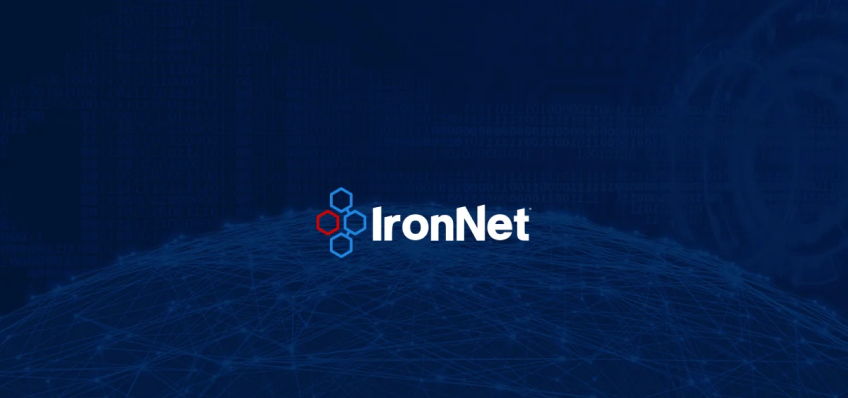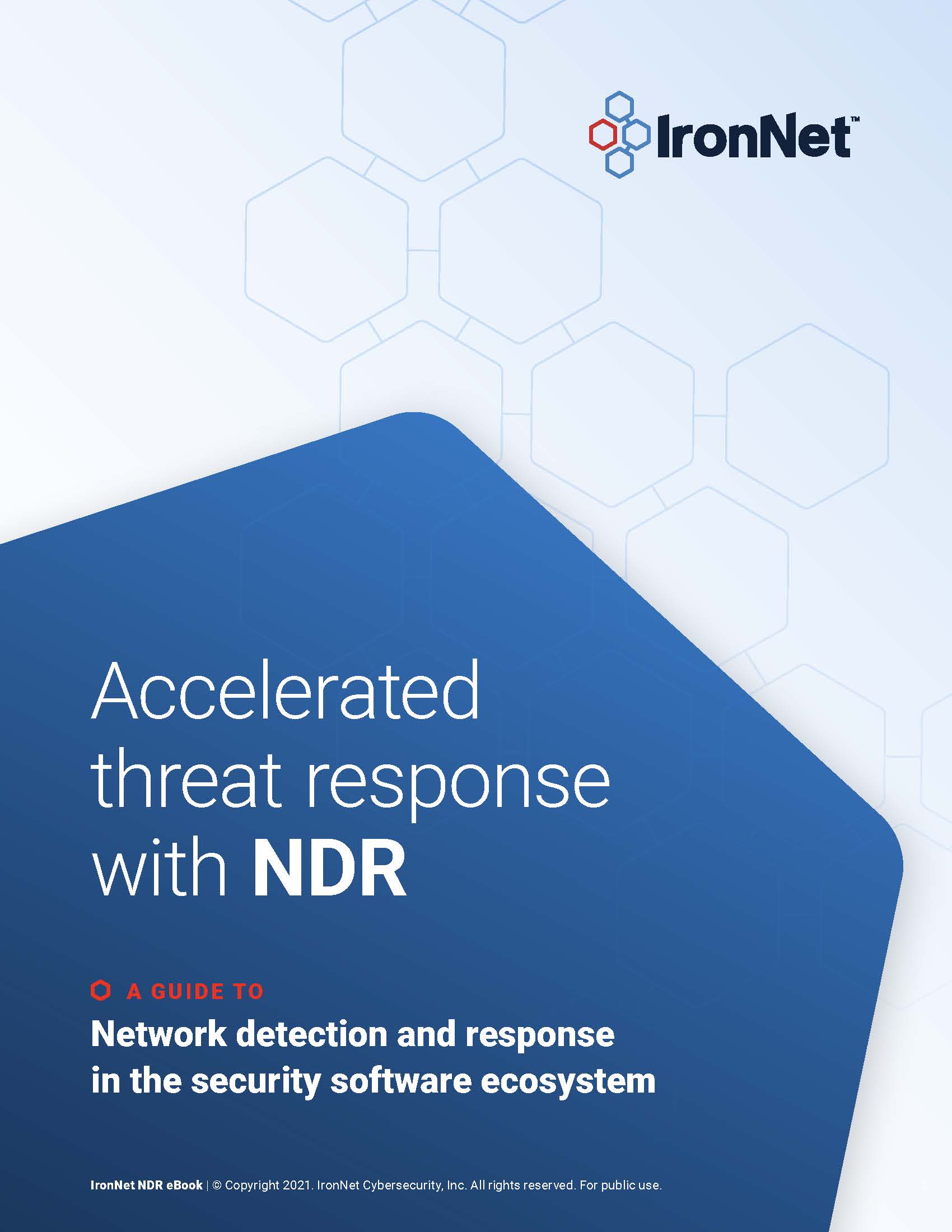Attack surfaces are expanding, and attack frequency and severity are increasing. Many organizations need a cybersecurity system that fits their budgets.
This guide outlines the differences between best-in-class and all-in-one security solutions and how to decide which is best for your organization. An all-in-one solution may be a solid fit for organizations without the digital assets hackers may want to target, while a best-in-class solution provides better protection of specific elements of your infrastructure.
In this guide, you will learn:
- How all-in-one cybersecurity solutions work
- How best-in-class cybersecurity solutions work
- How to choose the best solution for your organization
This guide also outlines how and why best-in-class solutions do a more thorough job of protecting certain elements of your environment. For instance, learn how a best-in-class network detection and response (NDR) system can detect threats better than an all-in-one solution. It also outlines how best-in-class attack intelligence provides better protection than standard threat intelligence.
Discover the advantages of best-in-class cybersecurity solutions
With a best-in-class solution, you gain the ability to hone in on the most sensitive elements of your attack landscape. This enables your team to set up specific safeguards you can rely on to keep your organization safe from threats. With best-in-class attack intelligence, you don’t have to rely on threat signature detection to stop attacks from impacting your operations. You can detect brand-new threats and block attacks early in their life cycles.
Download the guide today.
.png)



